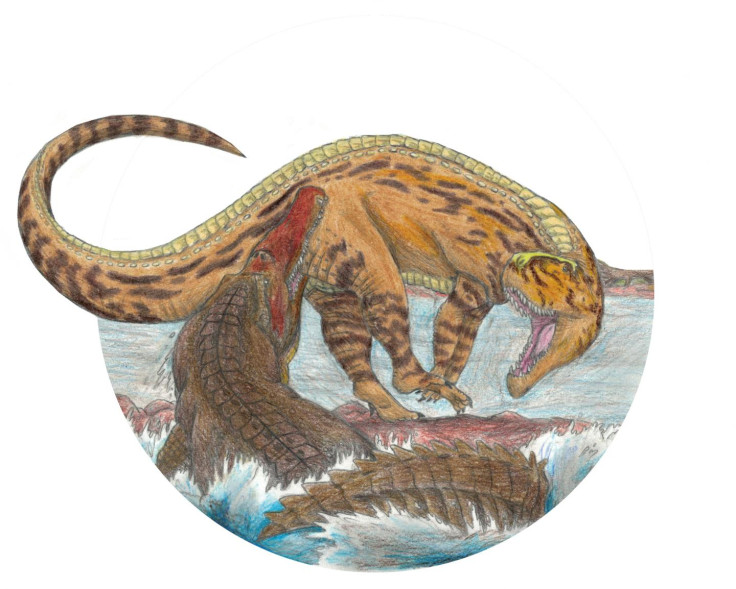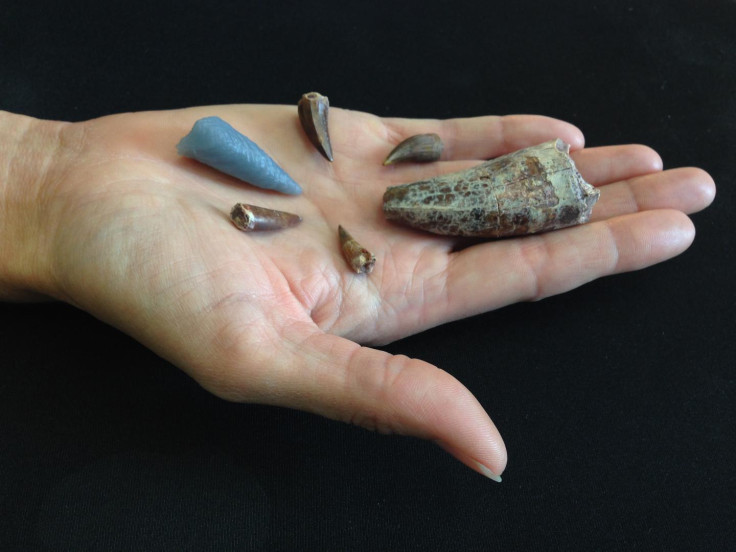Tooth of Giant 220-million-year-old Reptile Proves Predators Fought Across Land and Sea

The tooth of a 220-million-year-old semi-aquatic phytosaur has been found embedded in the thigh bone of a terrestrial rauisuchid. Both are giant prehistoric reptiles distantly related to the modern crocodile.
The two animals, from the Late Triassic period, were not previously thought to have interacted, as the rauisuchid is a land reptile and the phytosaur lived in the water.
Researchers found that the tooth had snapped off and become buried two inches deep into the bone, with the wound healing over the top, suggesting that the rauisuchid had survived the initial attack.
"To find a phytosaur tooth in the bone of a rauisuchid is very surprising. These rauisuchids were the largest predators in their environments. You might expect them to be the top predators as well, but here we have evidence of phytosaurs, who were smaller, semi-aquatic animals, potentially targeting and eating these big carnivores," said lead researcher Stephanie Drumheller.

The tooth was studied using computer tomographic data (computer processed x-rays that create sectioned images) and printed 3D copies of the tooth, so that the bone was not destroyed.
They also examined bite marks and uncovered a history of multiple encounters.
The evidence suggested the rauisuchid survived two attacks, but was later defeated in a separate clash.
"Finding teeth embedded directly in fossil bone is very, very rare," said Drumheller. "This is the first time it's been identified among phytosaurs, and it gives us a smoking gun for interpreting this set of bite marks."
The research is challenging the theory that land and water-based food chains of the Late Triassic period were separate; a theory that may have been based on assumptions about fossils that have been found.
"This research will call for us to go back and look at some of the assumptions we've had in regard to the Late Triassic ecosystems," researcher Michelle Stocker said. "The aquatic and terrestrial distinctions made were oversimplified, and I think we've made a case that the two spheres were intimately connected."
© Copyright IBTimes 2025. All rights reserved.





















